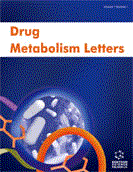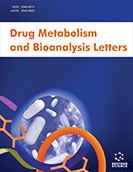Abstract
Cytochrome P450 (P450) plays an important role for oxidation of a variety of chemicals. Human P450 3A5 is recognized as the secondly most important enzymes among P450 3A subfamily, with some differences in substrate specificity, catalytic activity, and regioselectivity of P450 3A4. Because addition of histidine-tag to microsomal P450s is universally used for recombinant protein purifications, purified P450 3A4 protein is commercially available, but P450 3A5 is not at present. In the present study, although catalytic activity of purified P450 3A5 expressed using the original plasmid from bacterial membranes was observed in reconstitution systems containing NADPH-P450 reductase, cytochrome b5, and phospholipids, a histidine-tagged P450 3A5 protein did not show any detectable midazolam hydroxylation activities in the same reconstitution systems. From the docking simulation of midazolam into a P450 3A5 homology model based on the published P450 3A4 structure, it was supported that midazolam could not easily access to the center of the heme of histidine-tagged P450 3A5, with the high interaction energy compared with the original P450 3A5. In conclusion, these results suggest that the histidine-tagged system would be non-applicable for P450 3A5 function.
Keywords: CYP3A5, histidine, reconstitution system, E. coli membranes, human
 12
12














